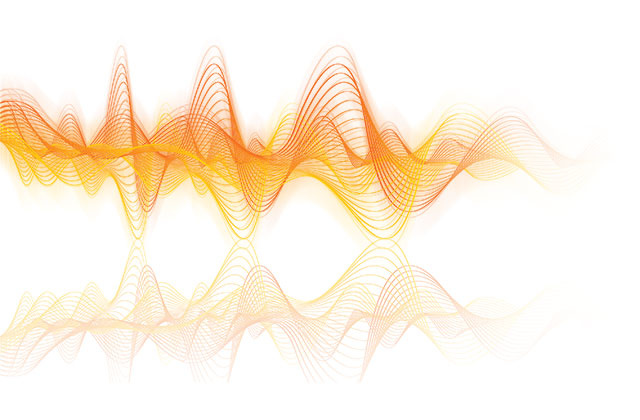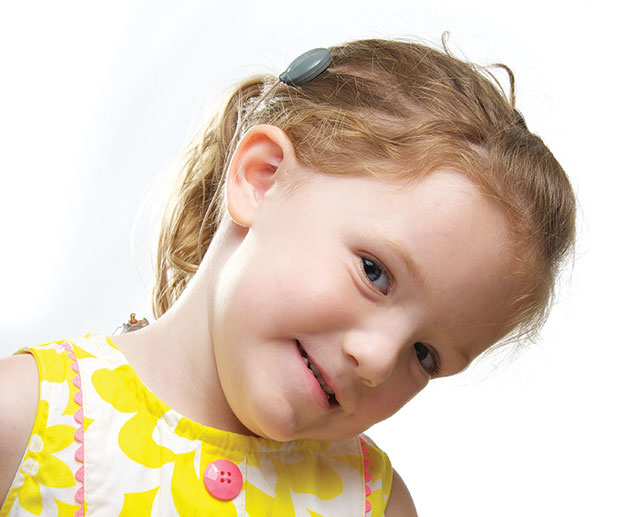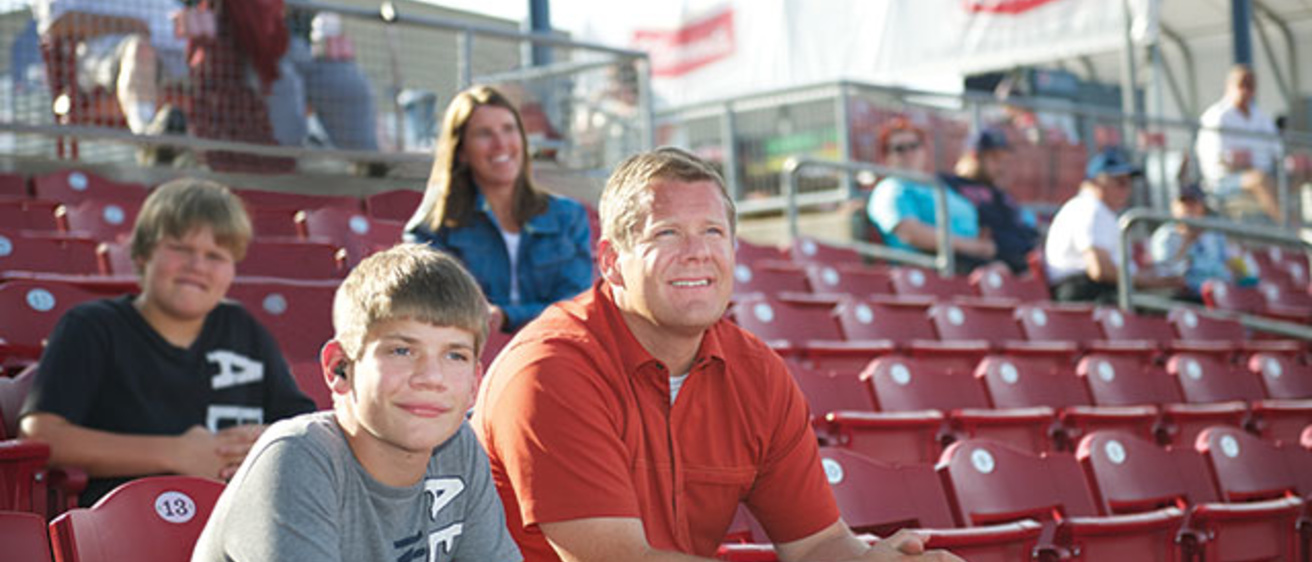Jack Bickel was born with moderate to severe hearing loss and was fitted with hearing aids when he was 6 months old. At age 3, he moved on to a more powerful hearing aid. At age 9, what was left of Jack’s hearing started to decline significantly.
“I didn’t really notice a change because it was gradual,” Jack, now 13, says, “and I was real stubborn about it. I couldn’t really notice anything was changing.”
Related stories

Sound science: UI at the forefront of auditory advancements

A baby's journey into the hearing world: Madison Van Winkle celebrated her first birthday with something new—bilateral cochlear implants.
The journey: Shelby Rheinschmidt is your typical teenager, except she just got a cochlear implant. Not just any cochlear implant—a hybrid cochlear implant, as part of a trial pioneered at the University of Iowa.
University of Iowa otolaryngologist Bruce Gantz noticed, however, and proved it to Jack by covering his mouth with his clipboard when he asked him questions. Jack didn’t know what the doctor was asking.
“Dr. Gantz noticed he had become very proficient in lip-reading, so it had become easy to hide his hearing decline,” Jack’s father, J.P., remembers.
Jack was born with low-frequency hearing but no high-frequency hearing and therefore couldn’t understand speech and speech patterns. Because Jack still had some residual hearing that doctors didn’t want to risk destroying with a standard cochlear implant, he was a good candidate for a new kind of implant that Gantz and his colleagues invented at the UI. The “hybrid” cochlear implant, which was first used in 1999, uses a shorter electrode than the standard implant, and doesn’t destroy the innermost portion of the cochlea where low-frequency hearing registers.
Preserving that low-frequency hearing and combining it with the electrical hearing delivered by the implant allows patients to hear conversation in a noisy environment, appreciate music, and localize where a sound is coming from.
Two years later, Jack received a hybrid cochlear implant.
“When my cochlear implant was first turned on, I didn’t really think it was all that amazing yet. Then I started to hear those sounds I hadn’t heard before, like the birds, the crickets, the ice maker,” says Jack, who is an avid sports fan. “I’ve been able to enjoy things all along, but now when I go to a baseball or football game I can hear what people are talking about better, and I don’t have to keep asking my dad what’s going on. All those little sounds really made a big difference,” he says.
